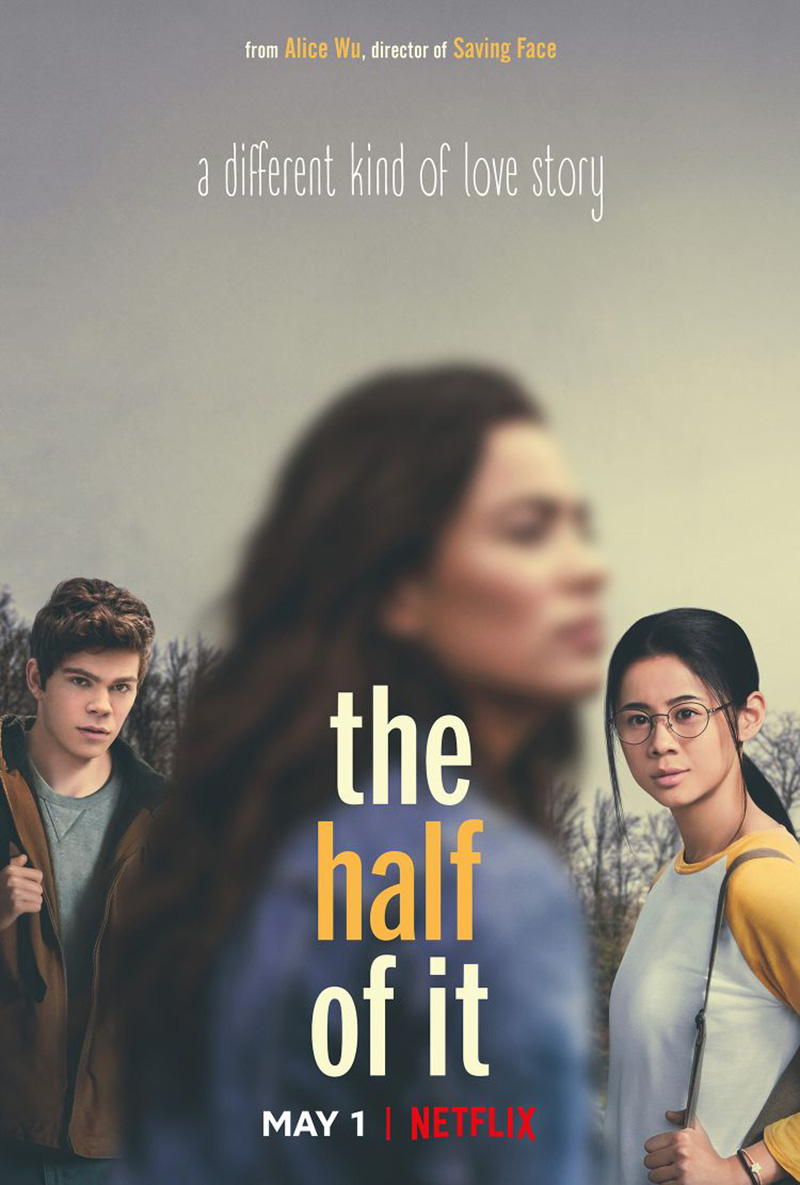Unlike other young adult Netflix Original romances, The Half of It is an artistic triumph
The Half of It is an unexpected treasure. This Netflix film centres around studious and friendless Ellie Chu, who makes money writing other people’s papers (alarmingly, keeping half of the school from failing) until Paul Munsky, a goofy and sweet jock who is bad with words, begs her to write a love letter to his crush, Aster. Pressed for money to keep the power on in her house, Ellie agrees — and helps Paul pursue the girl she is also in love with.
I expected a sapphic romance similar in tone and aesthetics to To All the Boys I’ve Loved Before, but The Half of It was not that at all. It’s significantly more weighty — focusing on ideas about abstract art, philosophy, and definitions of love — and the real romance at the heart of it is the bromance between Ellie and Paul.
While it’s easy to anticipate that Ellie and Paul’s business relationship will evolve into something closer to friendship, I didn’t anticipate just how invested in their relationship I would be. Ellie invites Paul into her home and supports his entrepreneurial sausage making, and Paul invites her to parties and makes grand platonic gestures. It’s obvious that they care about each other in their own ways, with their own stumbling affections.
“You know what it’s like to finally meet someone your age who gets you?” Ellie asks, and it’s unclear if she means Paul or her love interest.
The Half of Itt takes place in the small (fictional) town of Squahamish, and rather than the indulgent, oversaturated colours predominant in its Netflix Original contemporaries, The Half of It is instead saturated in greys, browns, and forest greens, and locations prevalently feature wood-panelled walls. It feels like a small town, and an ungentrified one at that. You get a strong sense of the setting early on in the film, and with such deftness that you can feel what it’s like to live there, the subtle suffocation of it.
The cinematography in The Half of It is surprisingly adept. It’s capable of evoking a great deal of emotion with a single shot, and packing another with subtle, yet heavy, symbolism. It’s clear that thought has been put into every angle; the shots are largely simple, but strikingly effective. The film references its opening discussion of the ancient Greek belief that people have been split in two, left to long for their other half, with a shot of Ellie and Aster floating in a hot spring together, heads close but facing opposite directions, each wearing one of Ellie’s T-shirts. It sets another scene in the middle of a road, with one character on either side of the double yellow lines, the clear divide between them poetic and unstated.
The movie’s true power, though, is its emotional impact. Its characters are easy to get invested in — by minute 12, I loved Ellie, and Paul’s unwavering sweetness makes him an easy character to care about. The movie relies on subtle acting choices and taking its time with important scenes to convey the emotions of the characters, and this makes it all the more engaging. With its care in delivering feeling in any given scene, The Half of It is able to deal with themes of immigration, depression, grief, religion, and the universality of feeling like an outcast with authenticity and vulnerability.


